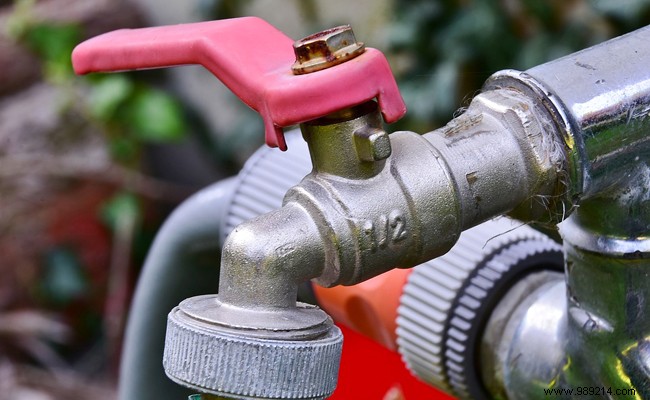How many of you have ever been unpleasantly surprised with pipes and outdoor taps completely out of order due to freezing and cold? However, these few gestures will suffice to avoid this unfortunate situation.

After being desired for a long time, the snow has finally fallen on the whole of French territory. Very low temperatures are currently being recorded, even approaching minus five in some regions. Unfortunately, if the weather is the delight of fans of board sports and French ski resorts, these freezing temperatures can be your worst nightmares if you have not taken the necessary precautions with your external pipes before the arrival of the period. winter.
Indeed, the frost may simply damage your taps and your pipes located outside. This is why the taps must be emptied before the onset of frost. What's more, these are very easy gestures to perform. To do this, start by shutting off the water supply using the valve. The latter is generally located upstream of the water inlet. Check that the tap is no longer supplied by opening it then activate the small tap next to the valve to purge the pipes. Also, do not forget to put a basin or a bucket to collect the liquid.
Once the pipe has been emptied, close the trap and do not forget to restart the valve. Thereafter, you must take care of the sheltering of the piping against freezing by isolating it from the cold. The objective here is not to leave the pipe exposed to cold and humidity. Often, for economic or other reasons, some people think that old newspapers or unused glass wool will do. However, these materials have the annoying habit of retaining moisture and are therefore not recommended.
The ideal would then be to invest in a sheath with both insulating and protective properties. These foam tubes generally made of polyethylene or mineral wool are easily found on the market. Otherwise, to know the exact measurements of the ducts, you just need to take the dimensions of your different pipes. Finally, for optimized protection, you can also reinforce the device using heating cables essentially intended for this purpose.